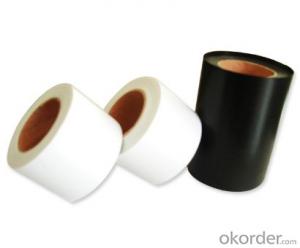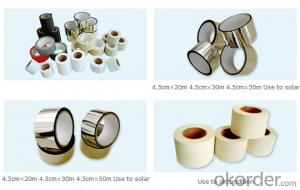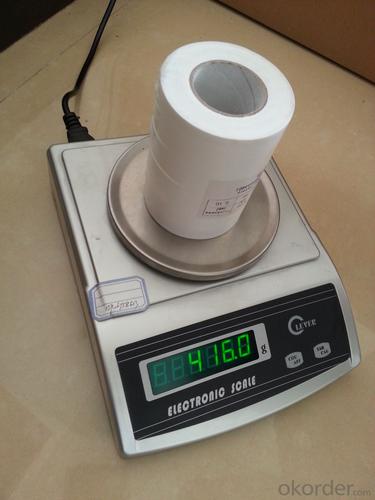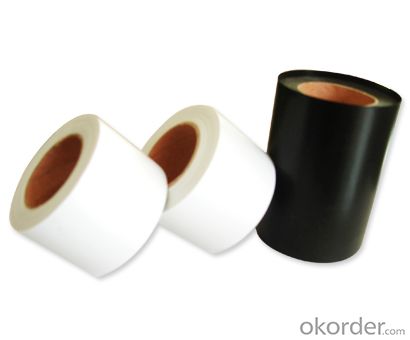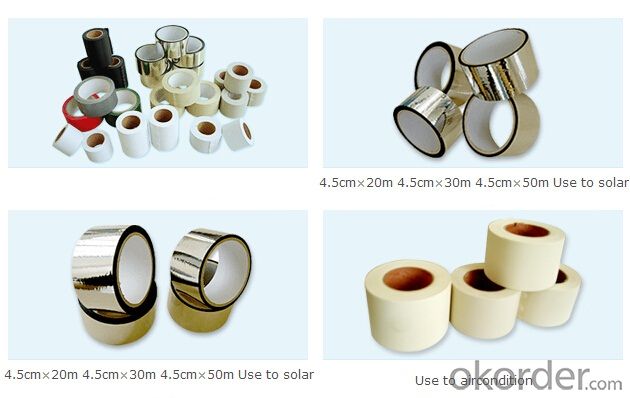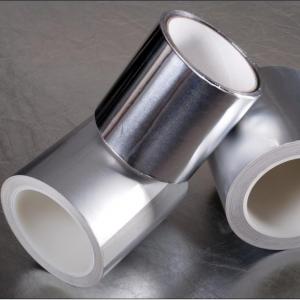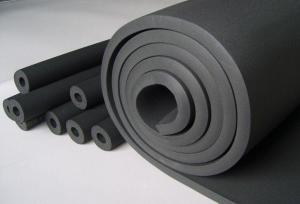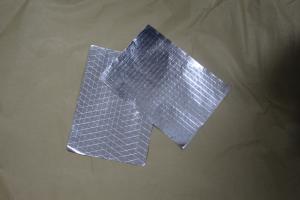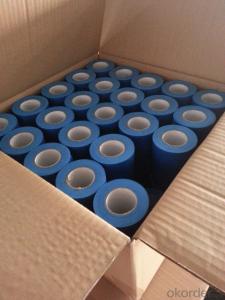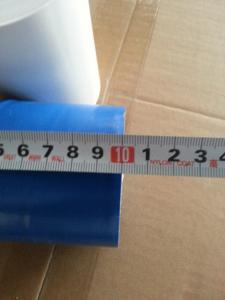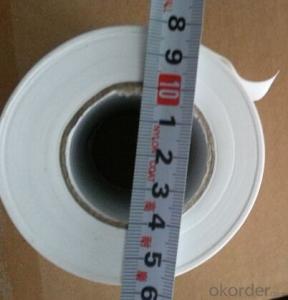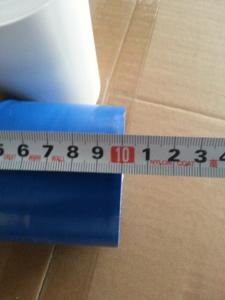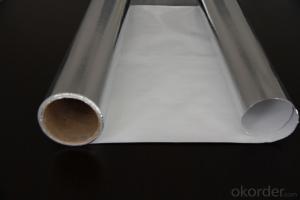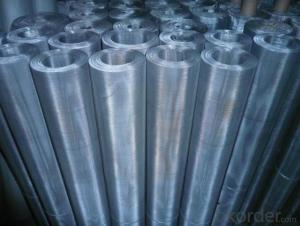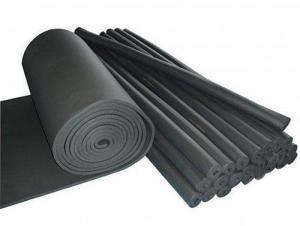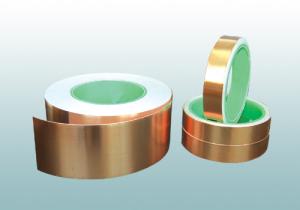Aluminum Foil Facing PVC Cable Ties for Solar Heating System and Solar Thermal System
- Loading Port:
- Shanghai
- Payment Terms:
- TT or LC
- Min Order Qty:
- 1000 m
- Supply Capability:
- 10000000 m/month
OKorder Service Pledge
OKorder Financial Service
You Might Also Like
PVC Cable Ties for Solar Heating System and Solar thermal System
1.Structure of Air Conditioning Tie Description:
Air Conditioning Tie is designed for Air conditioning and used for HVAC system. Air conditioning tie: general and domestic brand air-conditioning manufacturer for cable tie. We can support you with different color like grey and white or blue
2.Main Features of Air Conditioning Tie:
our Air conditioning tie with good and environmental quality of the products for the customer design research and development of different types, different colors and different quality of air conditioning products.
3. Air Conditioning Tie Images
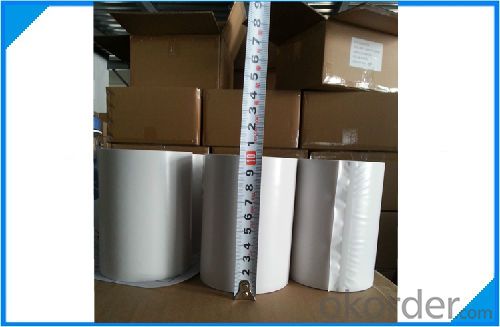
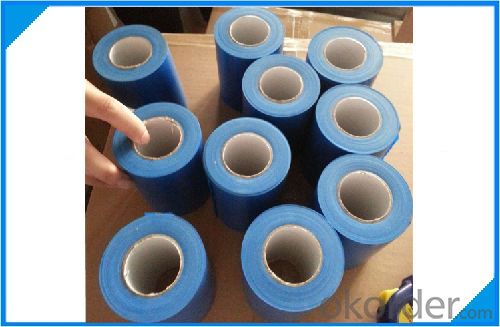
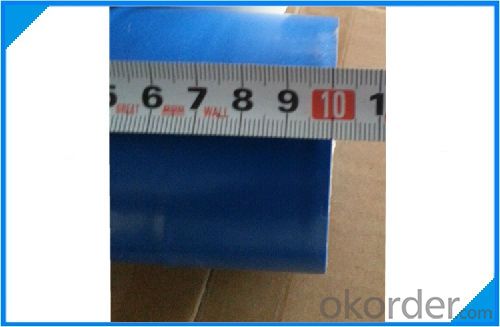
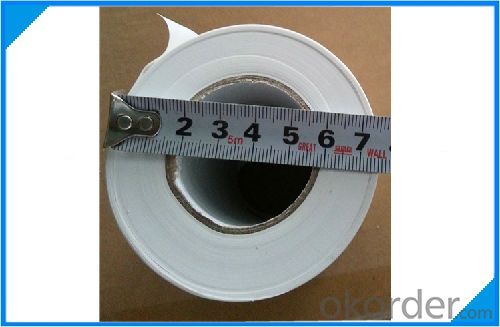
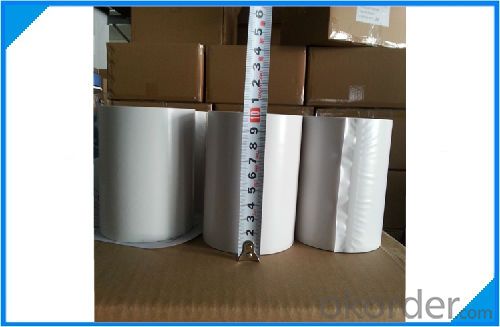
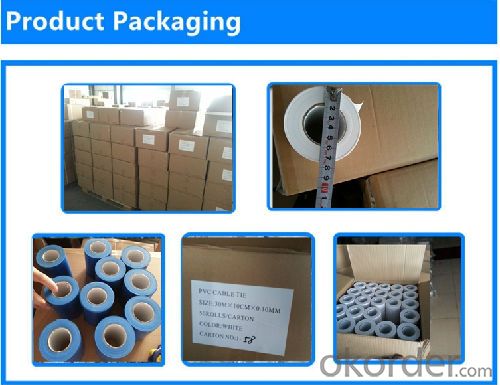
4. Air Conditioning Tie Specification
0.2 mm * 50 mm * 20 m (thickness * width * length)
5.FAQ
We have organized several common questions for our clients,may help you sincerely:
①How about your company?
A world class manufacturer & supplier of HVAC materials,is one of the large-scale professional investment building materials production bases in China.
②How to guarantee the quality of the products?
We have established the international advanced quality management system,every link from raw material to final product we have strict quality test;We resolutely put an end to unqualified products flowing into the market. At the same time, we will provide necessary follow-up service assurance.
③How long can we receive the product after purchase?
In the purchase of product within three working days, We will arrange the factory delivery as soon as possible. The specific time of receiving is related to the state and position of customers Commonly
- Q: This question asks for effective methods to clean aluminum foil facing that has become sticky or dirty, which is a common issue in kitchens.
- <p>To clean a sticky or dirty aluminum foil facing, start by removing any excess residue with a scraper or a plastic spatula. Then, mix a solution of warm water and dish soap, and gently scrub the surface with a soft cloth or sponge. Avoid abrasive materials that could scratch the surface. For stubborn stains, you can use a mixture of baking soda and water to create a paste, apply it to the area, and let it sit for a few minutes before scrubbing. Always rinse thoroughly and dry the surface to prevent further sticking. Regular cleaning can help maintain the cleanliness and functionality of your aluminum foil facing.</p>
- Q: This question asks for methods to prevent metal shavings from contaminating food when using aluminum foil.
- <p>To avoid getting metal shavings into your food when using aluminum foil facing, always handle the foil carefully to minimize tearing or scratching. Use a sharp knife or scissors to cut the foil, ensuring clean edges. Avoid using foil that is damaged or has sharp edges. When placing food on the foil, ensure the foil is smooth and free of any loose particles. Do not use foil with a non-stick surface for direct contact with acidic, salty, or high-sodium foods as it can cause the foil to break down. Finally, consider using heavy-duty aluminum foil which is thicker and less likely to produce shavings.</p>
- Q: Is it safe and environmentally friendly to use plastic containers multiple times?
- <p>While it is possible to reuse plastic containers for multiple uses, it is essential to consider the type of plastic and its intended use. Numbered plastics, such as PET (1), HDPE (2), and PP (5), are generally safe for reuse, but it's best to avoid long-term reuse of containers that have held acidic or fatty foods, as this can lead to leaching of chemicals. Reusing plastic containers can be a more sustainable choice, but it's crucial to follow proper cleaning and storage practices to maintain hygiene and safety. Always check if the container is labeled as microwave-safe or dishwasher-safe before reusing it for those purposes.</p>
- Q: This question asks about potential health hazards linked to consuming food that has been wrapped in aluminum foil.
- <p>There are minimal health risks associated with eating food wrapped in aluminum foil. Aluminum foil is generally safe for cooking and food storage. However, it's important to avoid wrapping acidic or high-sodium foods in aluminum foil, as these can cause the foil to corrode and potentially release small amounts of aluminum. Long-term consumption of aluminum in large quantities has been linked to rare health issues, such as Alzheimer's disease, though this link is not definitively proven. To be safe, use aluminum foil sparingly and avoid wrapping foods that are highly acidic or salty.</p>
- Q: Explain the differences between food wrap and aluminum foil facing in a few sentences.
- <p>Food wrap, also known as plastic wrap, is a thin, flexible plastic film used to cover and preserve food, keeping it fresh and protected from contaminants. It's typically clingy and transparent, allowing you to see the food inside. Aluminum foil facing, on the other hand, is a type of laminate that has a layer of aluminum foil bonded to a plastic film. This facing is used for various purposes, including increasing the barrier properties of the plastic, providing a shiny appearance, and enhancing the product's durability. It's often used in packaging to protect and preserve food items, but it's not as clingy or transparent as food wrap and is not meant for direct contact with food in the same way.</p>
- Q: Explain the distinctions between aluminum foil facing and plastic wrap, including their composition, uses, and properties.
- <p>Aluminum foil facing is a thin layer of aluminum used for insulation, moisture protection, and as a barrier to light and air. It is commonly used in construction and food packaging for its heat and cold resistance. Plastic wrap, on the other hand, is made from plastic polymers like polyethylene and is primarily used for food storage, keeping food fresh by sealing in moisture and preventing contamination. Unlike aluminum foil, plastic wrap is transparent, clingy, and does not conduct heat, making it unsuitable for cooking or insulation purposes.</p>
- Q: This question asks for methods to clean oil stains from the aluminum foil facing of a surface.
- <p>To remove oil stains from aluminum foil facing, start by scraping off any excess oil with a plastic scraper or a butter knife. Then, mix a solution of warm water and dish soap. Apply the solution to the stained area and let it sit for a few minutes. Use a soft cloth or sponge to gently scrub the area. Rinse with warm water and dry thoroughly. For stubborn stains, you can use a mixture of baking soda and water to create a paste, apply it to the stain, let it sit for 15 minutes, then scrub and rinse. Always test cleaning methods on a small, inconspicuous area first to ensure no damage occurs.</p>
- Q: Is it possible to use materials other than plastic for food wrapping?
- <p>Yes, you can use alternatives to plastic for food wrapping. Materials such as beeswax wraps, silicone sheets, and reusable cotton or linen wraps are eco-friendly options that can be used to cover bowls or wrap food items. These materials are reusable, washable, and can be composted at the end of their life cycle, reducing waste and environmental impact. Additionally, parchment paper and aluminum foil can be used as disposable alternatives, though they are not as sustainable as reusable options.</p>
- Q: Is there a concern that aluminum from aluminum foil can seep into food during cooking or storage?
- <p>There is minimal risk of aluminum leaching from aluminum foil into food. Aluminum foil is generally safe for cooking and food storage when used properly. The risk increases with acidic or alkaline foods and high temperatures, but under normal cooking conditions, the amount of aluminum that could leach is negligible. However, it's best to avoid wrapping food in aluminum foil for long periods or at very high temperatures to minimize any potential exposure.</p>
- Q: Describe the most effective methods for utilizing aluminum foil in baking processes.
- <p>The best way to use aluminum foil in baking involves lining the baking sheet to prevent food from sticking and to simplify cleanup. Preheat the foil by placing it on the sheet and heating the oven before putting in the food. For even cooking, ensure the foil doesn't touch the heating elements. Use foil to wrap foods like potatoes or fish for steaming, or create packets for en papillote cooking. When using foil to cover food, tent it loosely to allow for air circulation. For browning, remove the foil during the last part of baking. Always handle with care to avoid tearing and ensure椋熷搧瀹夊叏.</p>
Send your message to us
Aluminum Foil Facing PVC Cable Ties for Solar Heating System and Solar Thermal System
- Loading Port:
- Shanghai
- Payment Terms:
- TT or LC
- Min Order Qty:
- 1000 m
- Supply Capability:
- 10000000 m/month
OKorder Service Pledge
OKorder Financial Service
Similar products
Hot products
Hot Searches
Related keywords


